Attractions & leisure
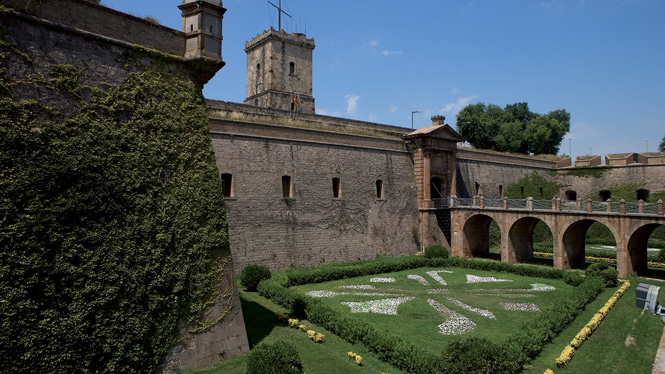
Standing on a vantage point 173 metres above the port,
Montjuïc Castle commands stunning views of the city. Now a peaceable place, the memory of this fortress endures in Barcelona as a symbol of repression but also of the city"s struggles during different periods in its history.
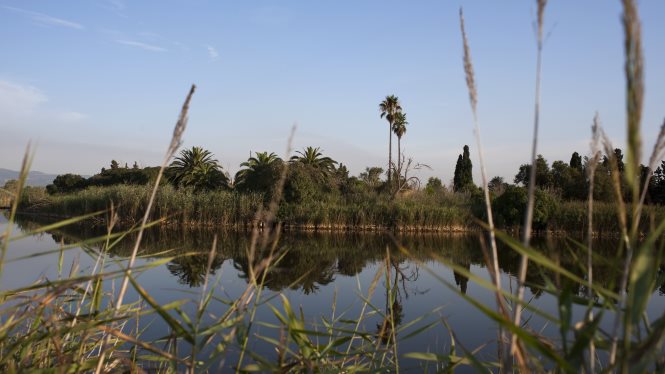
The Llobregat Delta is one of Catalonia"s most important wetland zones. It is home to 20 natural habitats which have been designated special areas of conservation by the EU, and has an extraordinary diversity of plant species. The Delta is close to
Barcelona and is an excellent place for bird-watching, as well as being a strategic point on the bird migration route. This is why it has been named a
GIBA (Global Important Bird Area).
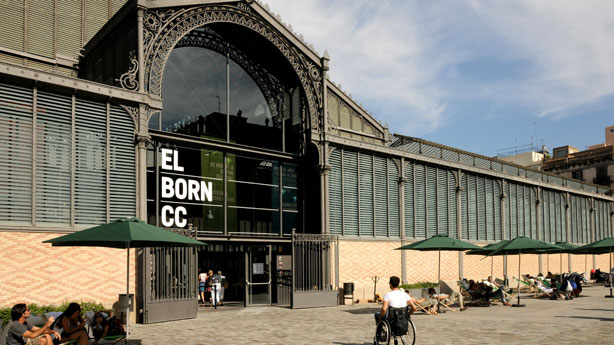
El Born Centre de Cultura i Memòria is a unique and exceptional place that brings together three centuries of our history. Below the cast-iron structure of the iconic 19th century marketplace lies the Barcelona of 1700, the prosperous city that suffered the siege of 1714 and that put up an epic and heroic resistance before Catalonia's national liberties were eventually lost, yet to be restored three centuries later.
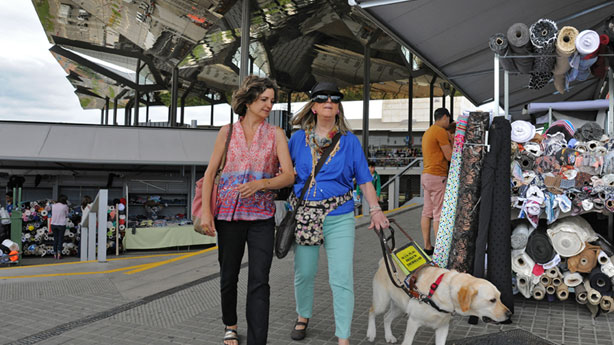
The area around the Plaça de les Glòries is packed with surprises and attractions. In addition to the imposing presence of the Glòries Tower and world-class cultural facilities such as the Teatre Nacional de Catalunya, the concert hall, L"Auditori, and the design museum, the Museu DHUB, you can now enjoy the new market "Encants Barcelona", a mini retail world that is well worth discovering.
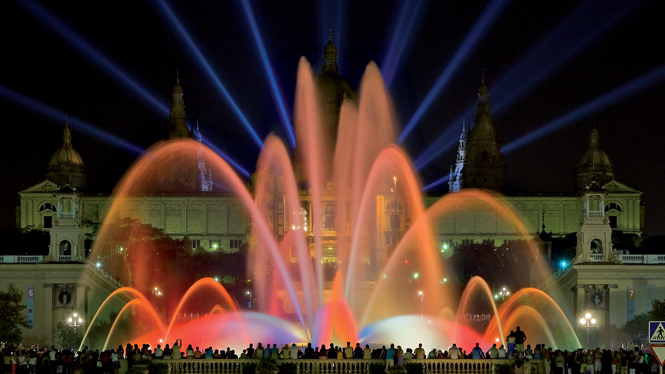
Barcelona"s biggest ornamental fountain, which was built in 1929 for the International Exhibition, offers a spectacular display of music, water acrobatics and lights which generate over 50 kinds of shades and hues. The
Montjuïc Magic Fountain has become one of Barcelona"s most popular attractions and is where the "Piromusical" is held, a true balletic spectacle of water and light.




